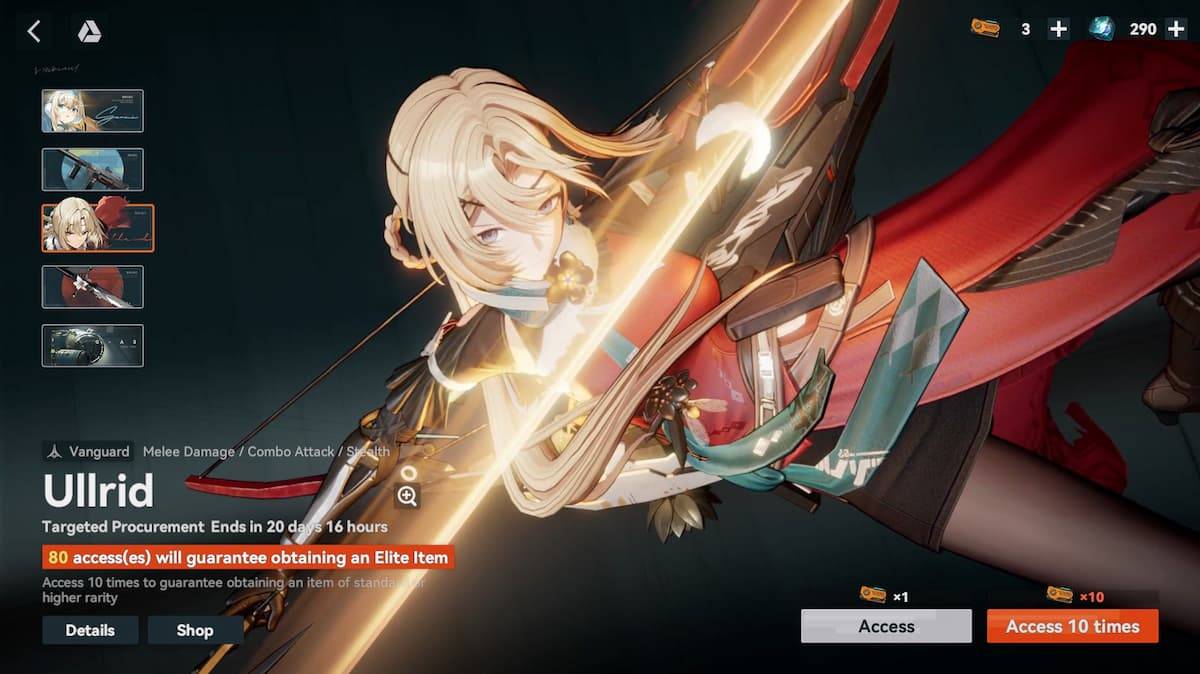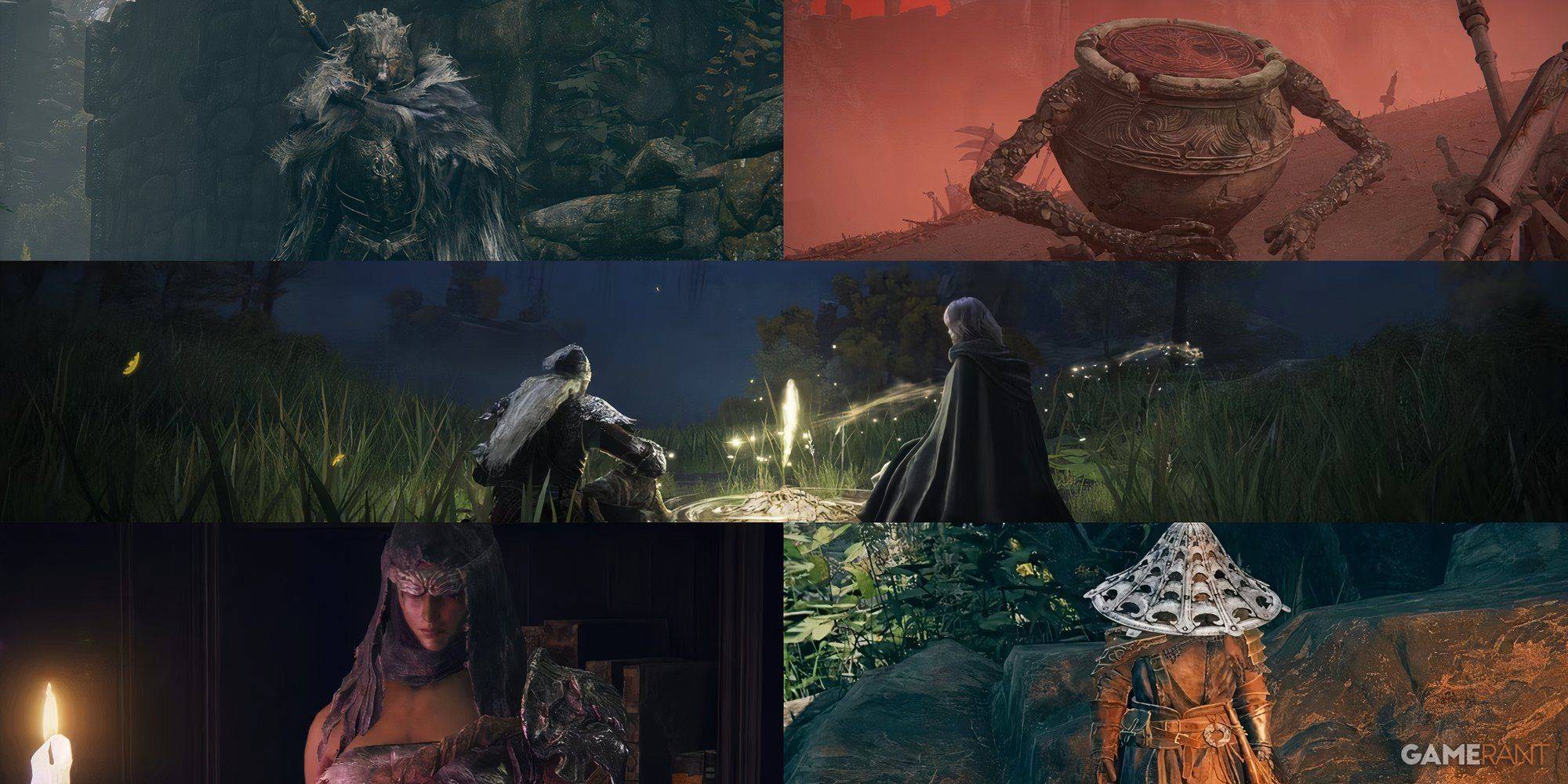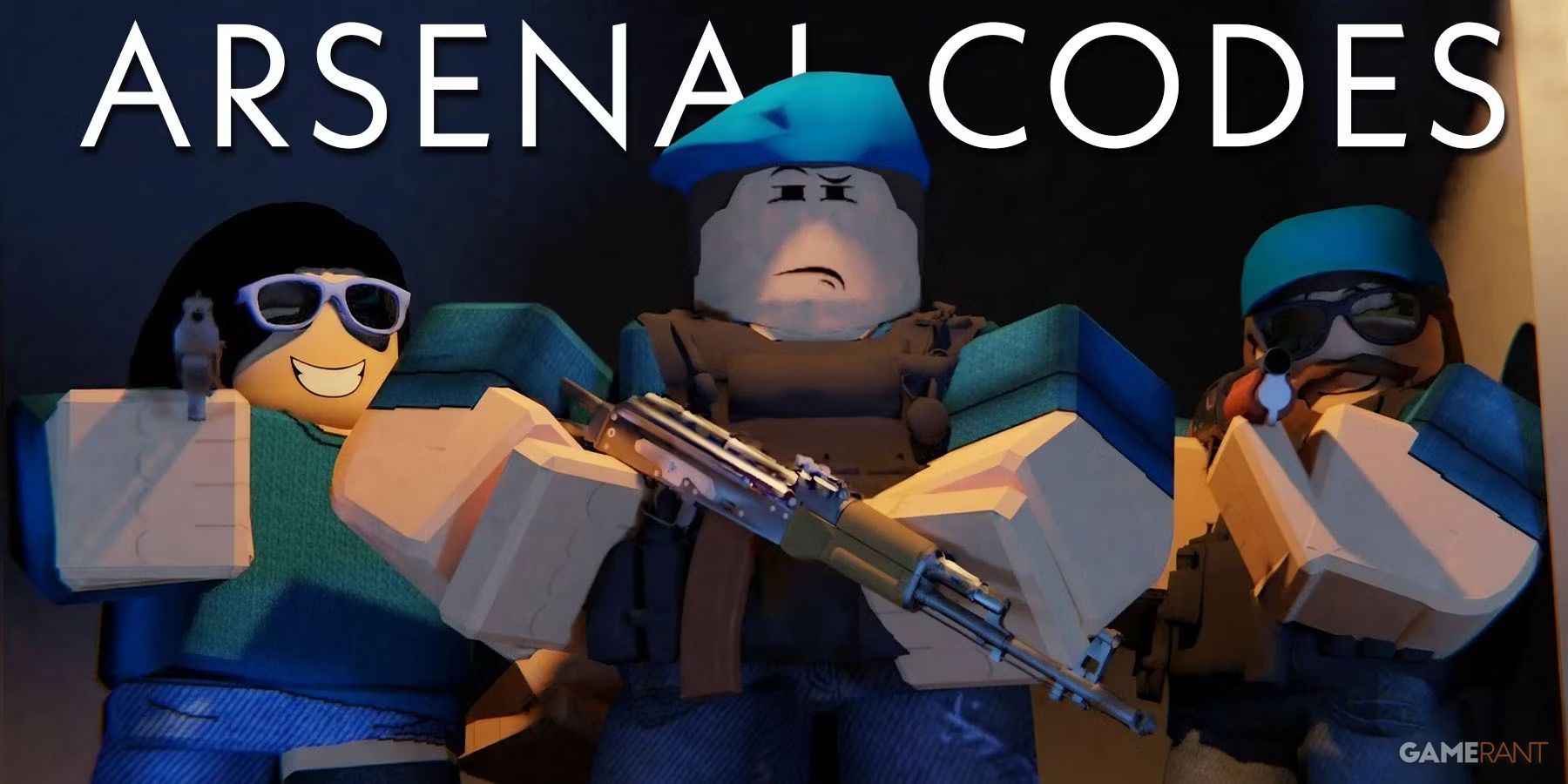Sakamoto Days: Action, Absurdity, and Perfect Blend
There’s no such thing as a former mercenary. For anime fans, 2025 began with a bang: the long-awaited continuation of the historical detective series Pharmacist's Monologue and the sequel to the popular isekai Solo Leveling arrived. But one title truly shone: the brand-new 11-episode action series, Sakamoto Days, quickly topping Netflix Japan's charts.
Table of Contents
- It really is an excellent anime. Let’s break down why!
- Contrasts form the foundation of the narrative
- Top-notch animation in Sakamoto Days
- Killing is bad: this message dominates the first four episodes
- While the series is still ongoing, we’d like to suggest some cool stuff to hang on
It really is an excellent anime. Let’s break down why!
Sakamoto Days adapts Yuto Suzuki's manga, launched in 2020, quickly gaining a massive following for its action-comedy blend. Protagonist Taro Sakamoto, once a legendary assassin—a nightmare for criminals and an idol to his colleagues—unexpectedly fell for a cheerful grocery store cashier. He retired, married, became a father, and embraced a peaceful life running a small shop. That is, until Shin, his former partner and protégé, arrives with orders from their boss to eliminate him. After all, you can't simply quit being a killer. Now, this domesticated assassin must protect his family.
The series' best part? Absurd battles where Sakamoto catches bullets with chewing gum and defends himself with a ladle!
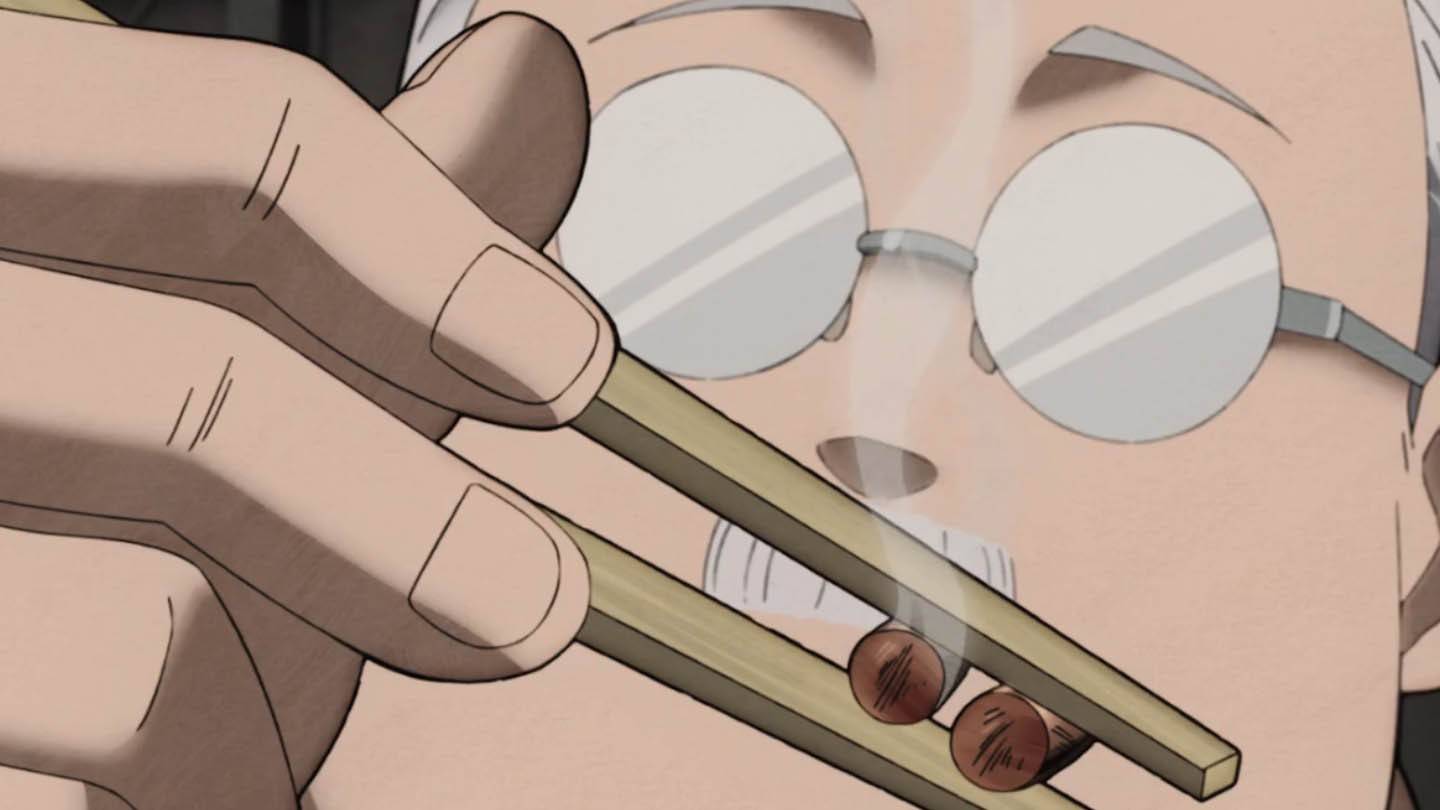
Sakamoto Days' standout feature is its spectacular fight scenes. Each episode introduces a new antagonist with elaborate killing techniques. Yet, Sakamoto rarely uses weapons; instead, he relies on quick thinking and reflexes, creatively adapting everyday objects. He catches bullets with chopsticks, deflects them with chewing gum, fights with pens, blocks attacks with spatulas and ladles, and dodges lethal strikes at superhuman speeds.
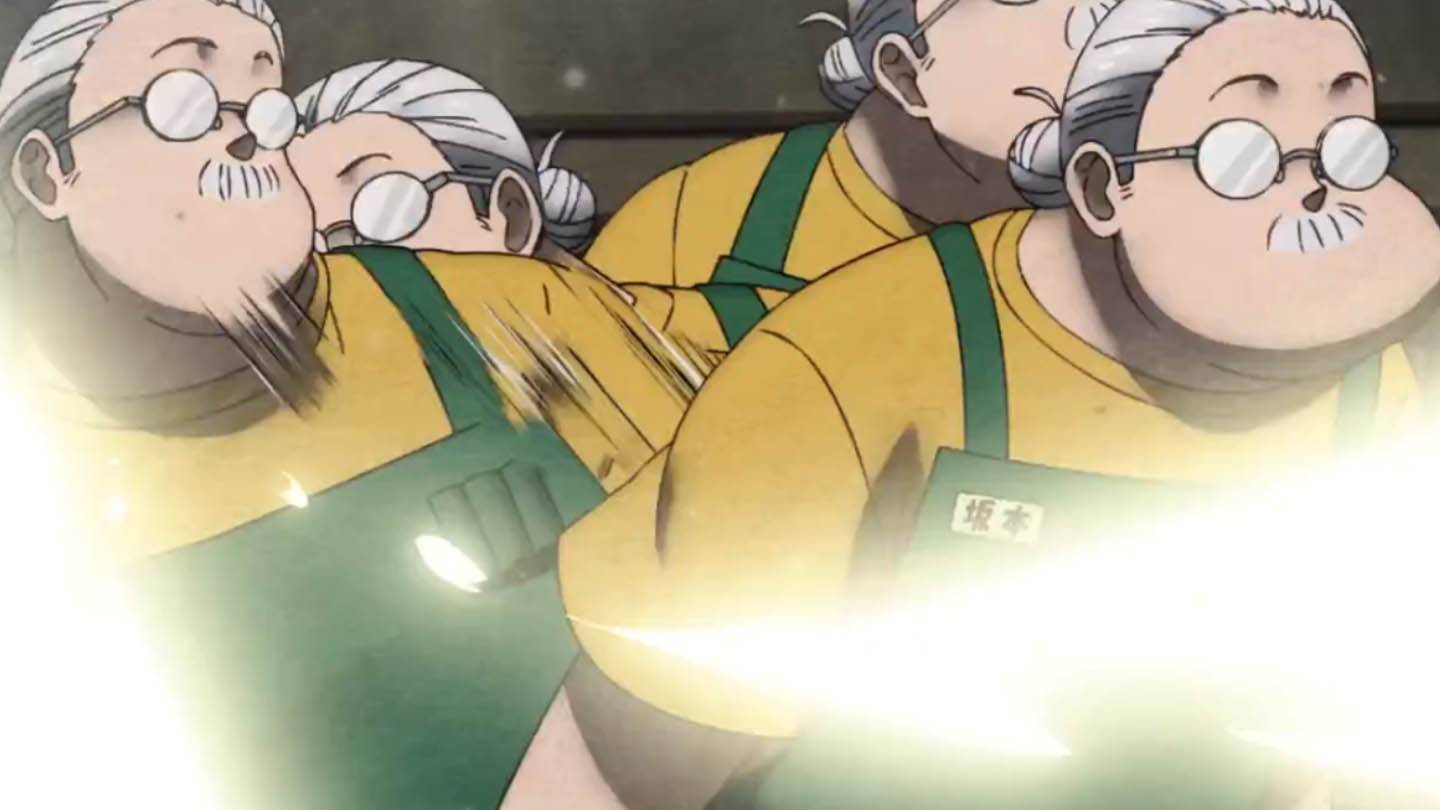
Don't take the events too seriously; it's a comedy. You'll either accept Sakamoto's near-invulnerability or switch off. The series humorously contrasts his omnipotence with his physique.
Contrasts form the foundation of the narrative
Character portrayals, storylines, and tone constantly juxtapose. Sakamoto is a principled family man with a dark past, helping neighbors and fearing divorce more than assassination. He employs the downtrodden, like Shin, even paying overtime! His adversaries are equally complex, possessing rich backstories and empathy. In Sakamoto Days, the deadly can become harmless, and vice versa—a potential killer might switch sides, while a pizza delivery guy could be a psychopath.
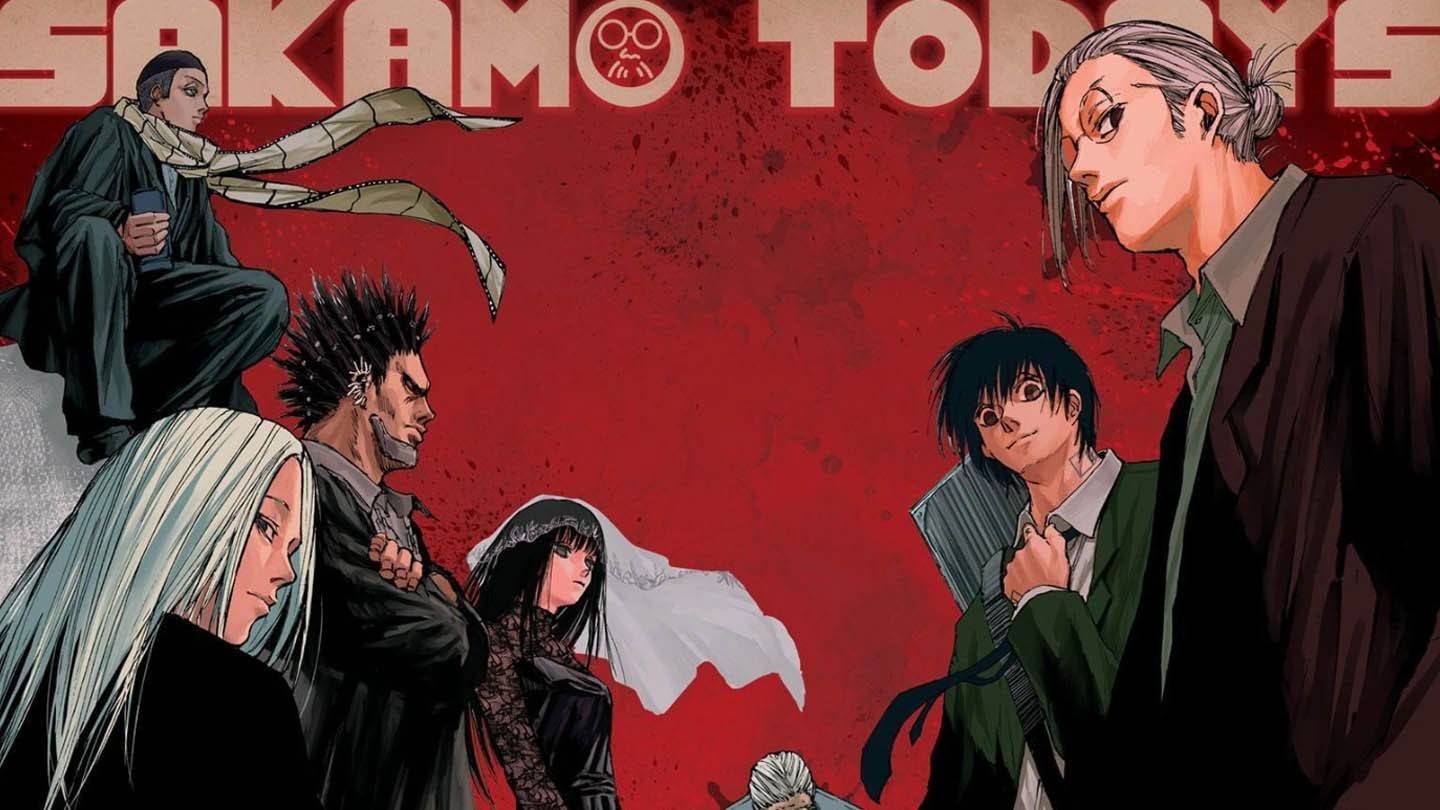
Top-notch animation in Sakamoto Days
TMS Entertainment (Dr. Stone, Detective Conan) handled the adaptation, resulting in excellent shonen animation. Fight scenes utilize dramatic shadow contrasts and fluid motion, conveying dynamic movement with smooth transitions and smart pacing. Sakamoto's movements are graceful, while Shin's evoke classic Hollywood action heroes.
Killing is bad: this message dominates the first four episodes

Half the screen time focuses on uplifting family comedy with a diverse cast; the other half delves into criminal intrigue and action. Fights aren't mere spectacle; they reveal character depth and enhance interpersonal dynamics.
Sakamoto Days is enjoyable, blending humor, well-choreographed battles, and lighthearted scripting. Its moral resonates, and the series constantly surprises. With its fast pace and strong source material, it's unlikely to slow down.
While the series is still ongoing, we’d like to suggest some cool stuff to hang on
Spy x Family

Studios: Wit Studio, CloverWorks
Superagent Lloyd Forger creates a fake family to infiltrate his target. He recruits Yor, a city hall worker, as his wife, and Anya, a mind-reading girl, as his daughter. They build a cozy home, unaware of each other's secrets: Yor is an assassin.
What’s in common? A family atmosphere mixed with comedy and action. Sakamoto and Lloyd are seasoned professionals who remain calm under pressure. Anya and Shin share similar superpowers.
Gokushufudou: The Way of the Househusband
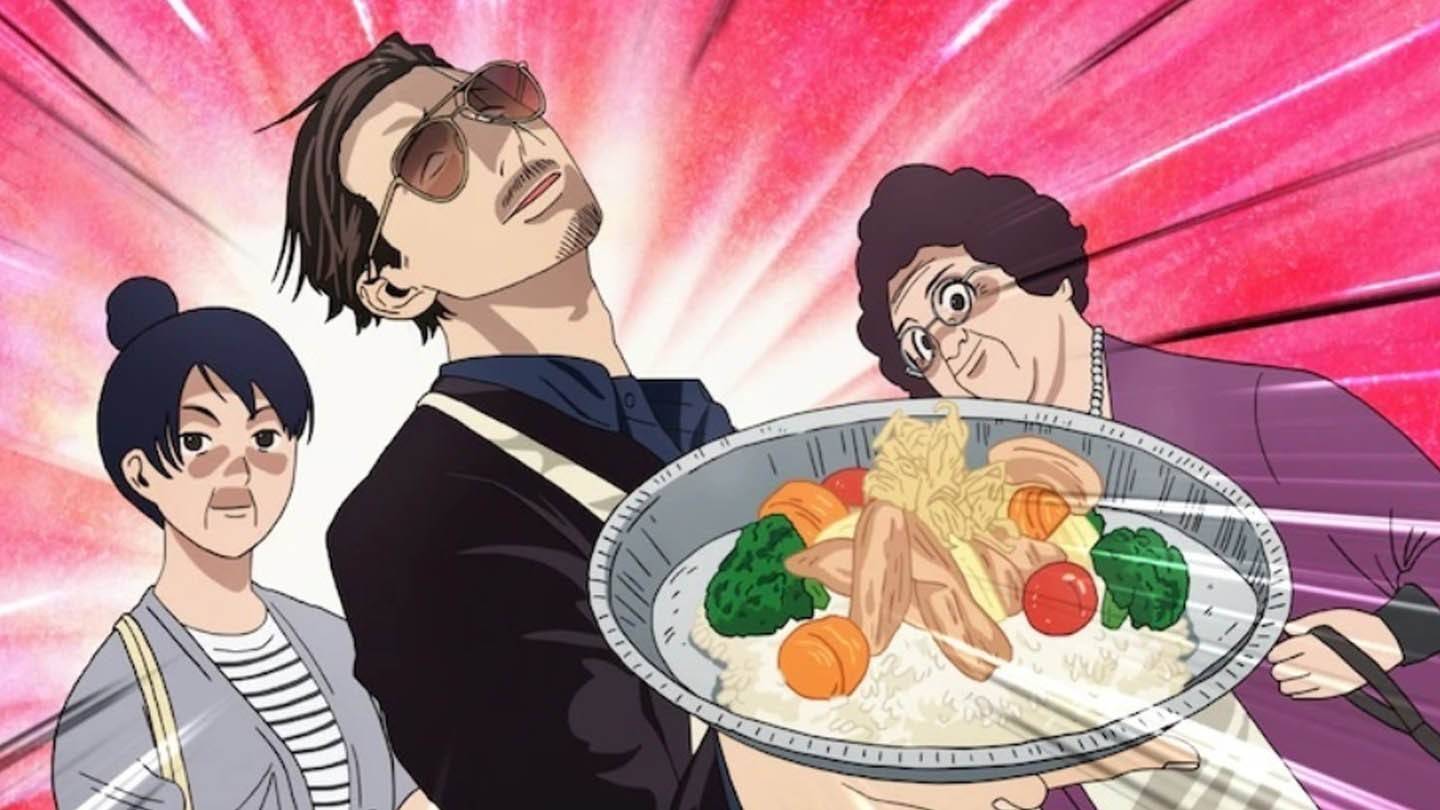
Studio: J.C. Staff
Tatsu, the legendary yakuza "Immortal Dragon," retires to become a househusband, battling supermarket sales and household chores.
What’s in common? Humor and absurdity. The protagonist's perspective makes everyday tasks extraordinary.
The Fable
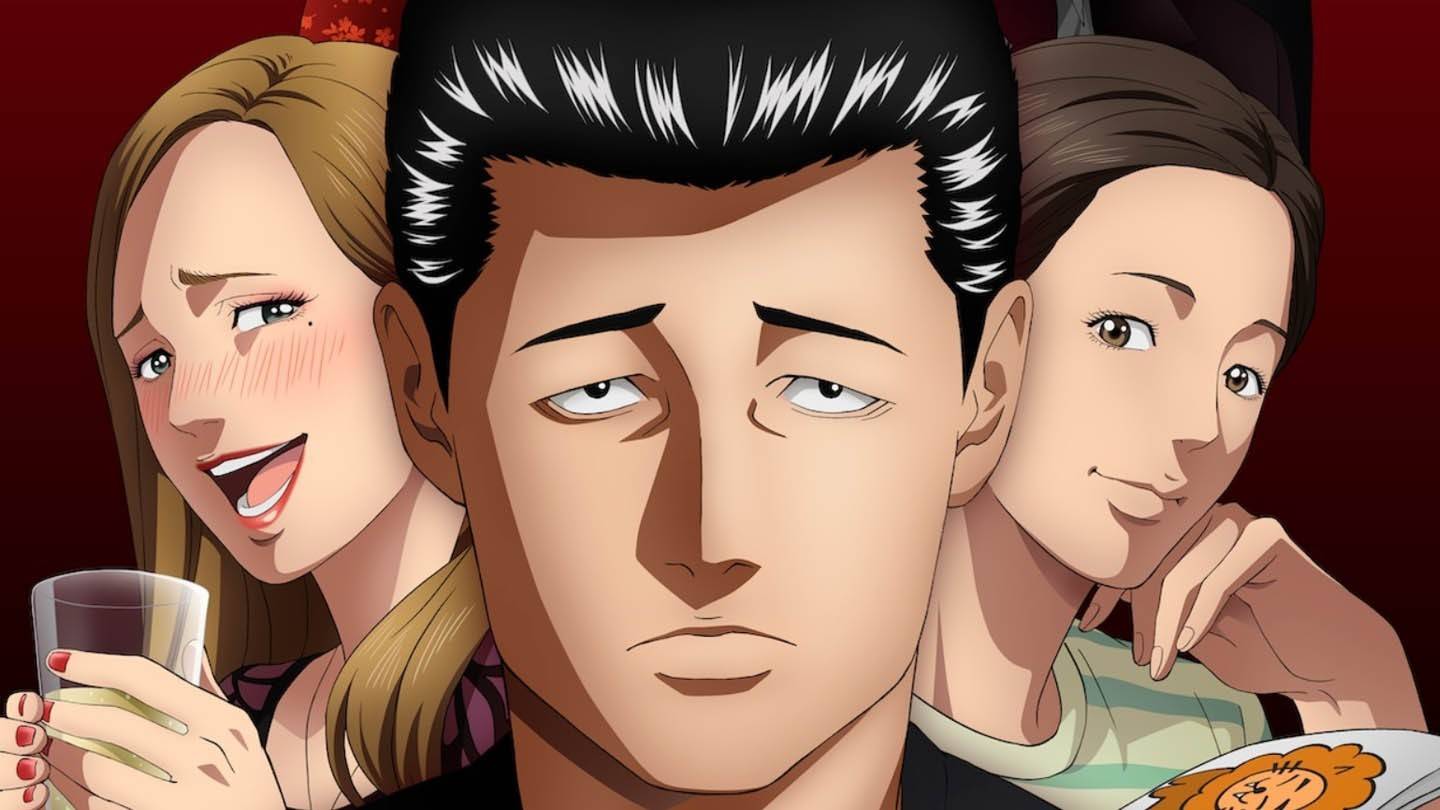
Studio: Tezuka Productions
Hitman Akira Sato ("The Fable") must live a normal life for a year. Boredom leads him back to the mafia.
What’s in common? Premise and setting. The Fable is darker than Sakamoto Days, offering more drama and complex themes.
Hinamatsuri
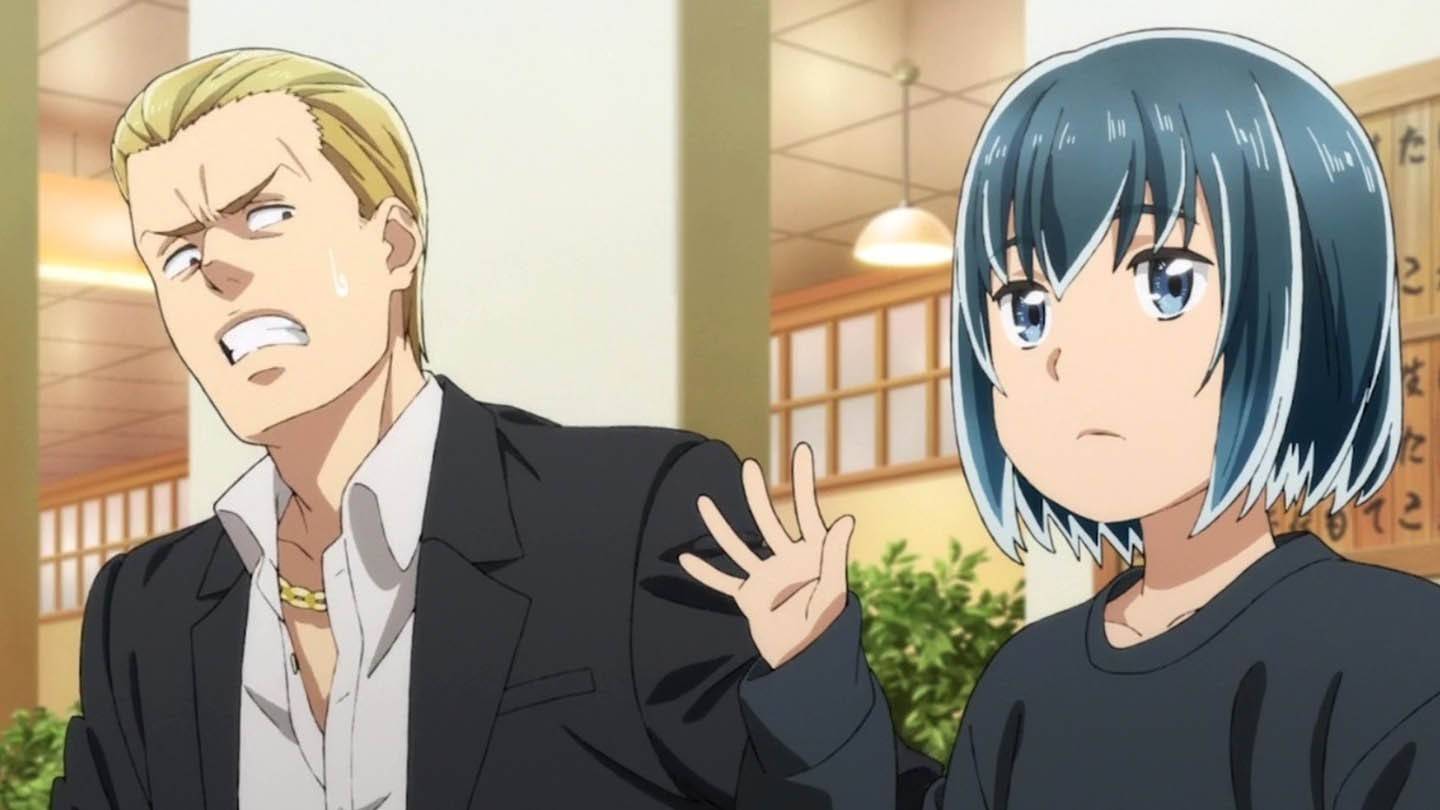
Studio: Feel
Yakuza member Nitta finds Hina, a girl with telekinetic powers, and takes her in.
What’s in common? Nitta is like John Wick with a daughter, balancing a dangerous past with domestic responsibilities.
Rurouni Kenshin: Meiji Kenkaku Romantan

Studios: Gallop, Studio Deen
Former mercenary Himura Kenshin seeks redemption, helping those in need.
What’s in common? Sakamoto Days is a modern Rurouni Kenshin. Both left violent pasts and strive for ordinary lives, balancing comedy and action.
Assassination Classroom

Studio: Lerche
A powerful alien threatens Earth but becomes a teacher for misfits who must kill him to save the planet.
What’s in common? Playing with contrasts. Koro-sensei is an alien with human traits, while his students have an extraordinary mission.
Buddy Daddies

Studio: P.A. Works
Hitmen Kazuki and Rei become unlikely parents to energetic Miri, juggling assassinations with childcare.
What’s in common? Mercenaries trying to lead normal lives, struggling to balance crime and parenting.
Latest Articles












![Roblox Forsaken Characters Tier List [UPDATED] (2025)](https://images.dyk8.com/uploads/18/17380116246797f3e8a8a39.jpg)
